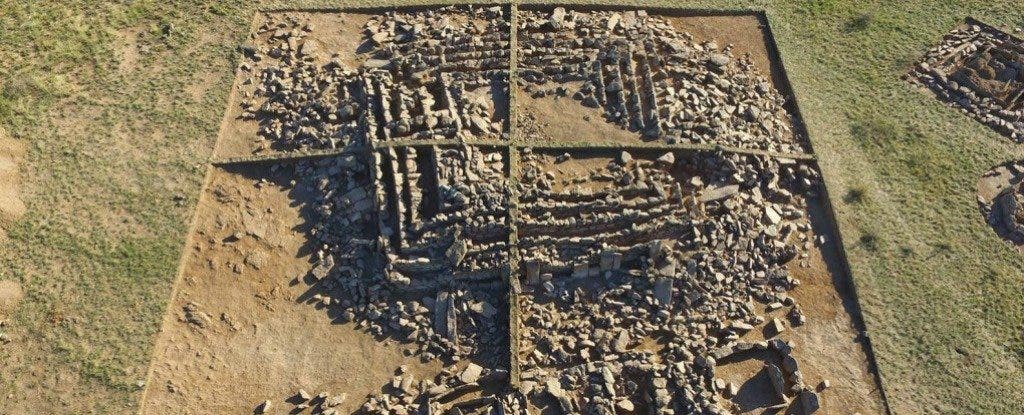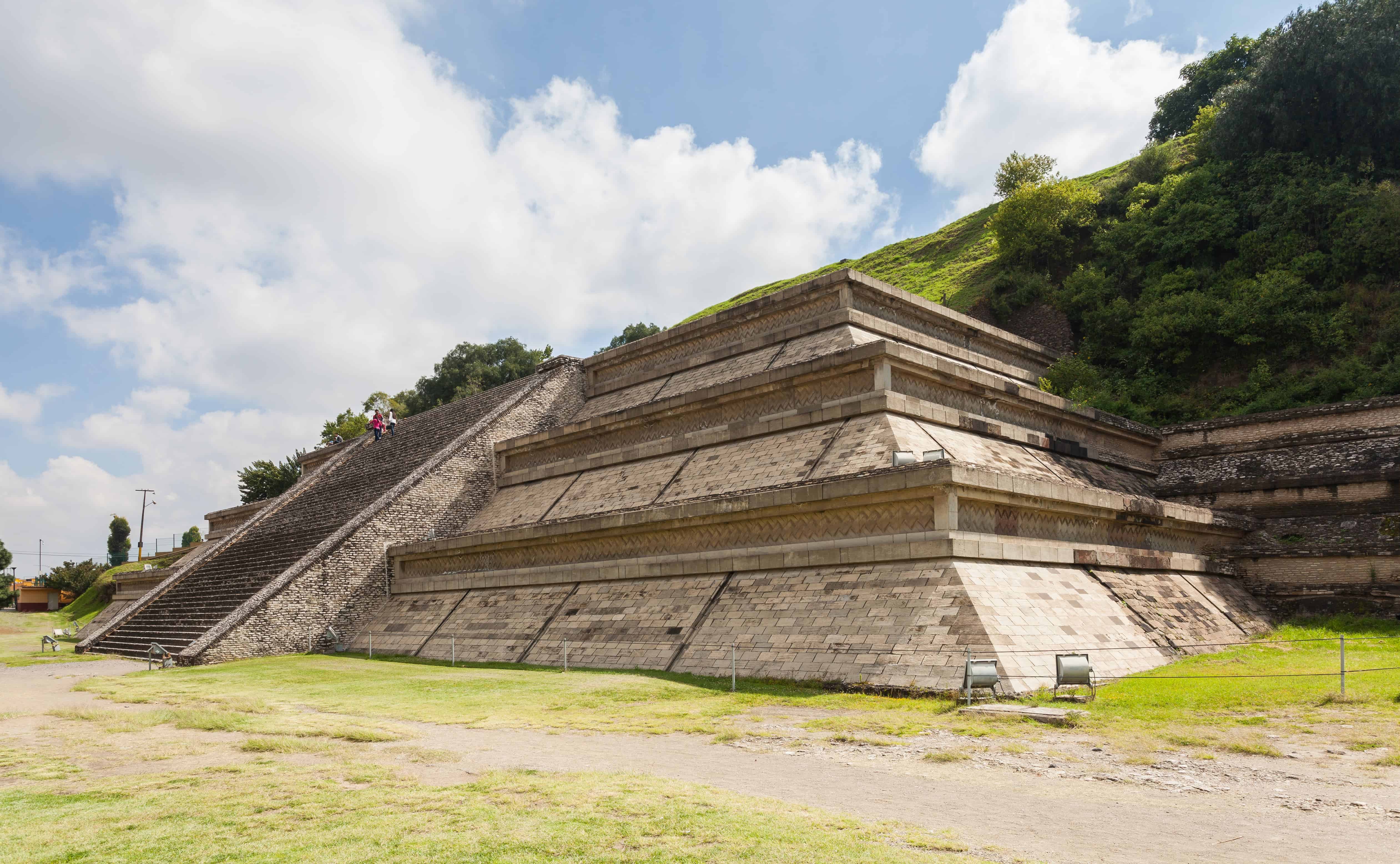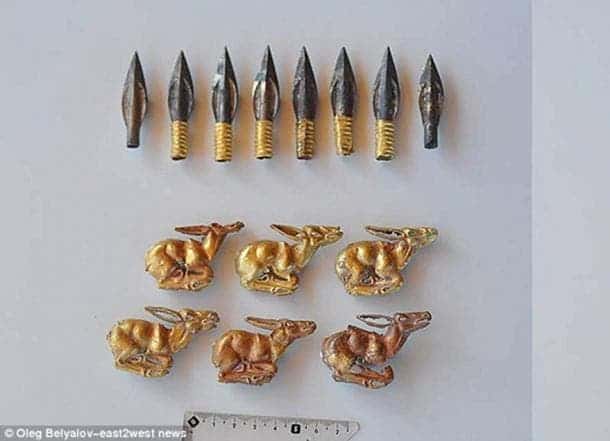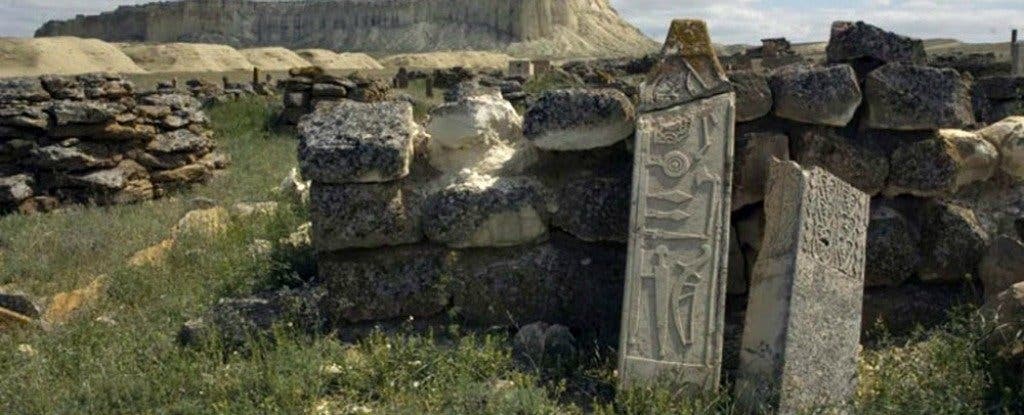The mausoleum was likely built for a local king more than three millennia ago.

The impressive finding was reported in the Saryarka region near the city of Karaganda by local archaeologist Viktor Novozhenov, working with the Saryarka Archaeological Institute at Karaganda State University in Kazakhstan . He said that it looks very similar to mausoleums built by the Begazy-Dandybai culture, but precedes the culture by centuries.
“Judging by the monumental construction, this mausoleum was built more than 3,000 years ago for a local king,” Novozhenov said. “We are going to look inside the mausoleum this week. Everything that we find inside will be sent to the Karaganda Archaeological Museum.”
In a way, it resembles the Egyptian step pyramid of Djoser, but it’s much smaller. The mausoleum is 6.6 feet (2 meters) high and about 49 by 46 feet (15 by 14 m) long.
“It’s made from stone, earth and fortified by slabs in the outer side,” Novozhenov told Live Science.
This resemblance has made some media say that it’s the “world’s first pyramid,” which is absolutely not true. The pyramid of Djoser was built about 4,700 years ago (almost 1,000 years earlier) at the site of Saqqara in Egypt and is much larger than the Kazakhstan mausoleum. Also, the same media reported that the site was the burial site of a pharaoh, which isn’t the case – it was the burial site of a local king.
But this doesn’t mean that the mausoleum isn’t spectacular in its own right. Unfortunately, the tomb was robbed of all its valuable possessions, but archaeologists still found remains of pottery, a knife, and bronze objects, Novozhenov said.
The team is still working on digging the site, and the findings haven’t been published in a peer-reviewed journal yet.






